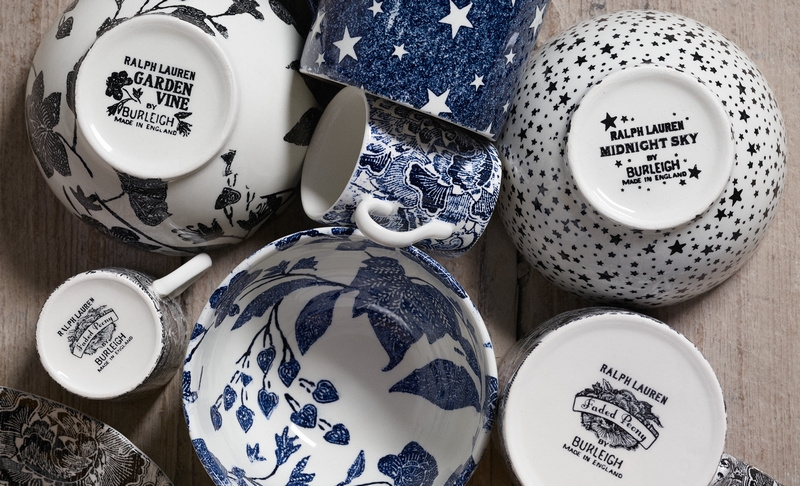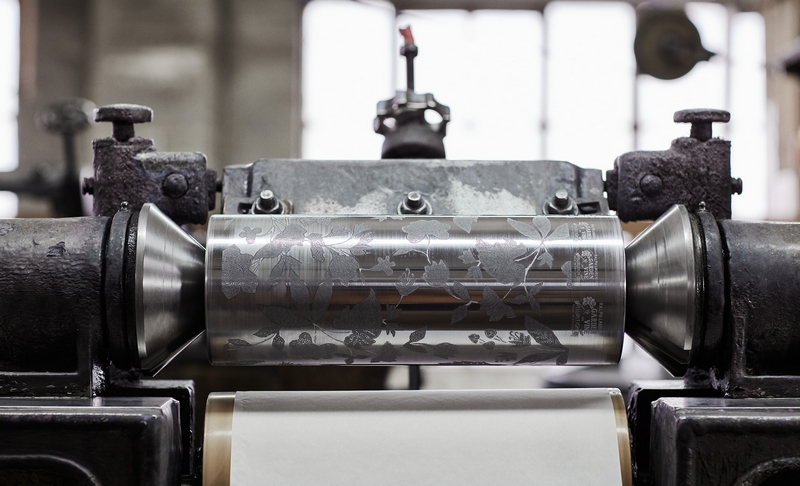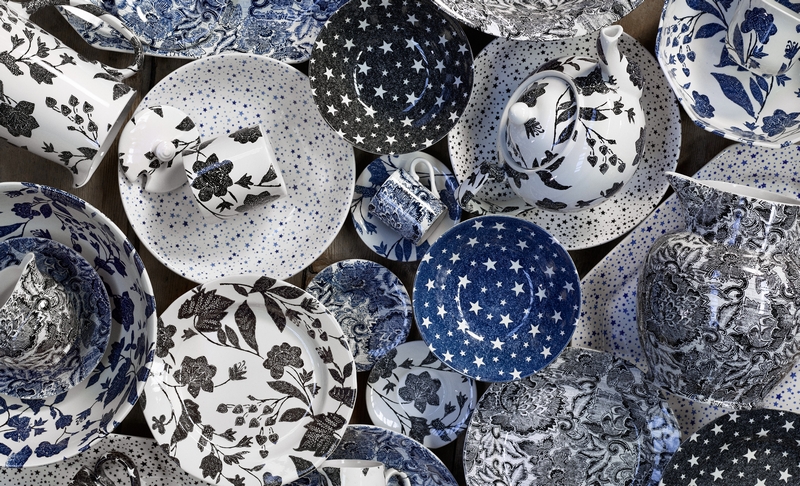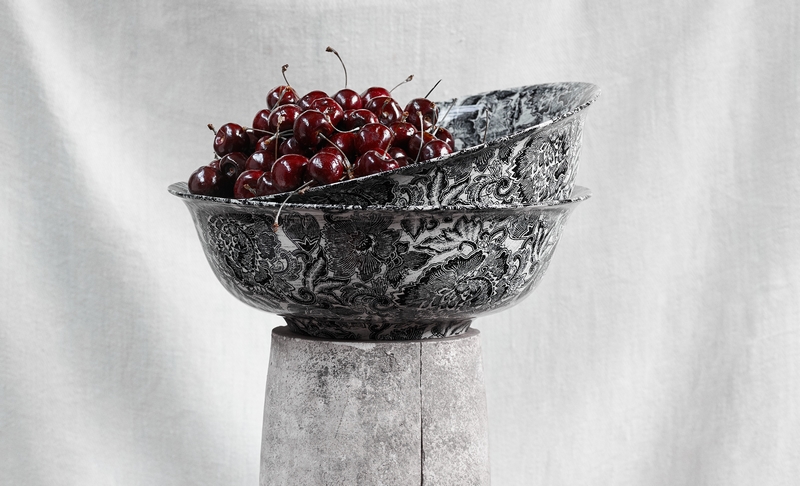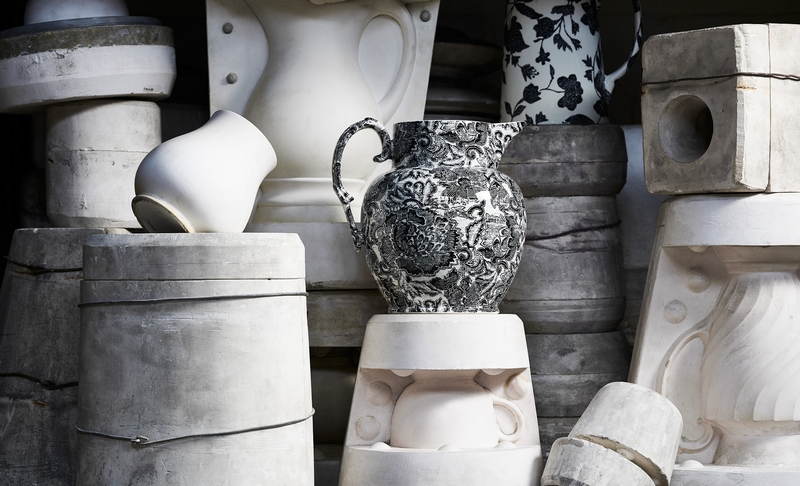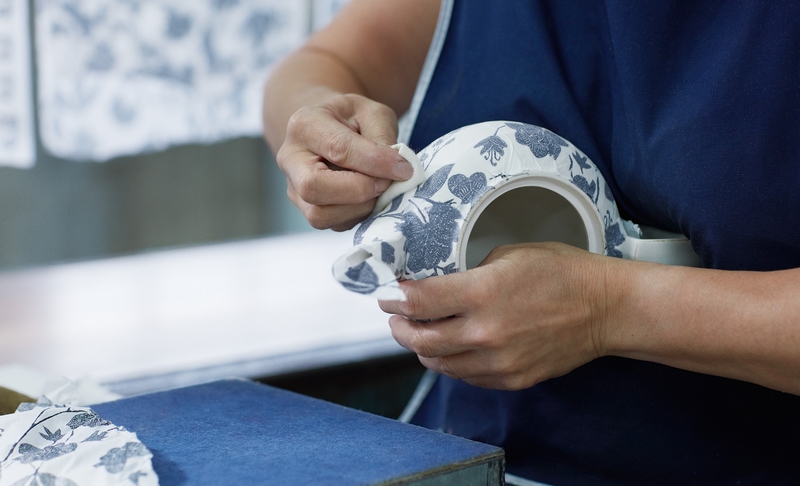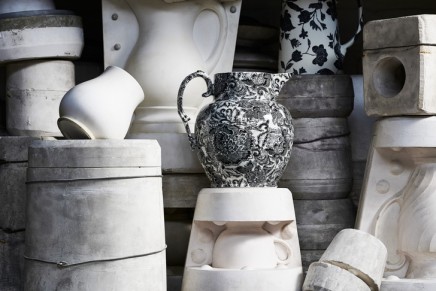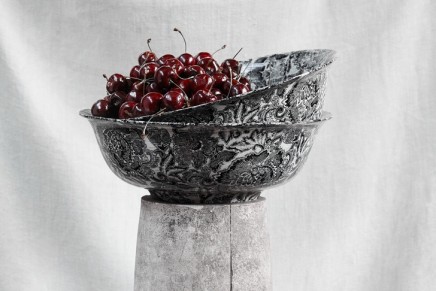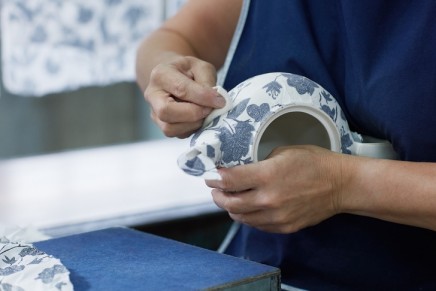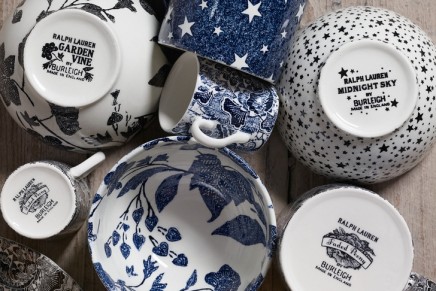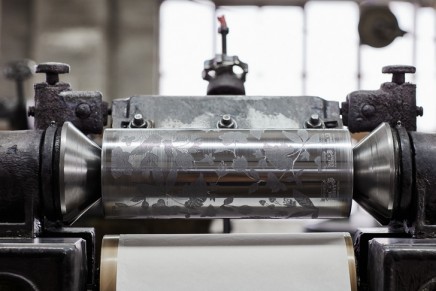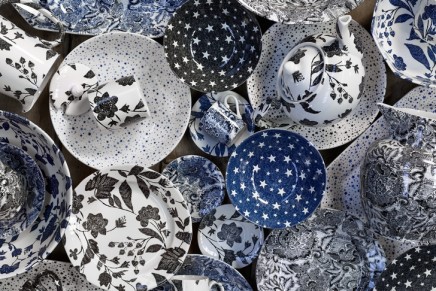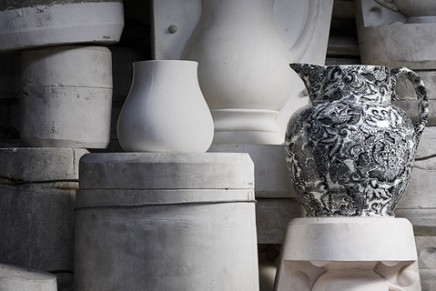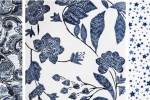Featuring three exclusive patterns, Ralph Lauren‘s new partnership with the English pottery company Burleigh celebrates traditional craftsmanship and contemporary living with an exquisite collection of plates, mugs, serveware, and more.
Crafted in a legendary factory using time-honored methods, such as a 200-year-old tissue transfer printing technique, everything produced by Burleigh is imbued with a timeless sensibility and commitment to tradition. Burleigh is the last pottery maker in the world to practice tissue transfer printing, a 250-year-old technique that has been skillfully applied to this custom Ralph Lauren design. Tissue transfer printing allows for one color to be used in each piece, with a gradation of density that creates a richly textural appearance.
Three new designs, developed from Ralph Lauren’s signature inspirations, re-envision Burleigh’s classic pottery.
Inspired by a Double RL bandanna with American Northwest heritage, Midnight Sky pattern mixes and matches easily with Ralph Lauren x Burleigh’s Faded Peony and Garden Vine patterns to create an eclectic and personal combination that is perfect for everyday entertaining. Meticulously hand-finished by Burleigh artisans, each piece is a one-of-a-kind collectible, reflecting both companies’ commitment to quality and craftsmanship.
Inspired by an East Asian block-printed batik fabric, Garden Vine’s large-scale florals easily mix and match with Ralph Lauren by Burleigh’s custom Midnight Sky and Faded Peony patterns to create an new combination.
The companies’ collaboration over the years has included some beautiful ranges, such as Arden, a late-19th-century design of twining hawthorn branches; Calico, an allover floral designed in the 1960s; and Regal Peacock, a favorite of Queen Mary’s.
“In an industry that has suffered greatly from mass production, falling demand, increasing costs, and downward-spiraling prices, Burleigh has stuck to its guns and stayed on in the heart of the area known as the Potteries, still making the highest- quality printed earthenware by hand, using time-honored processes with machinery from the 1940s and ’50s (plus some that dates back to 1889), all in the same factory that was purpose-built for the company in the late 19th century,” explained Ralph Lauren.

Ralph Lauren x Burleigh collaboration 2019; photos: ralphlauren.com
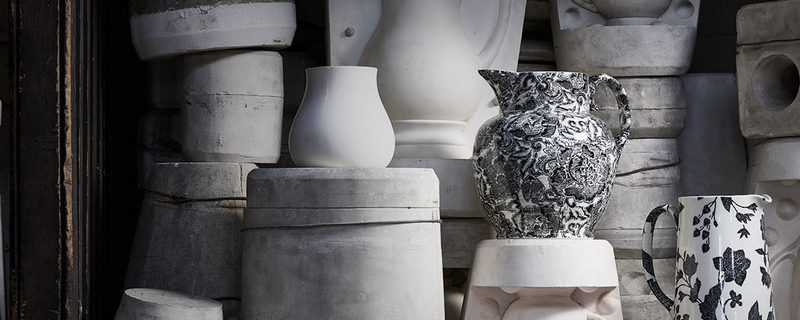
Ralph Lauren x Burleigh collaboration 2019; photos: ralphlauren.com

